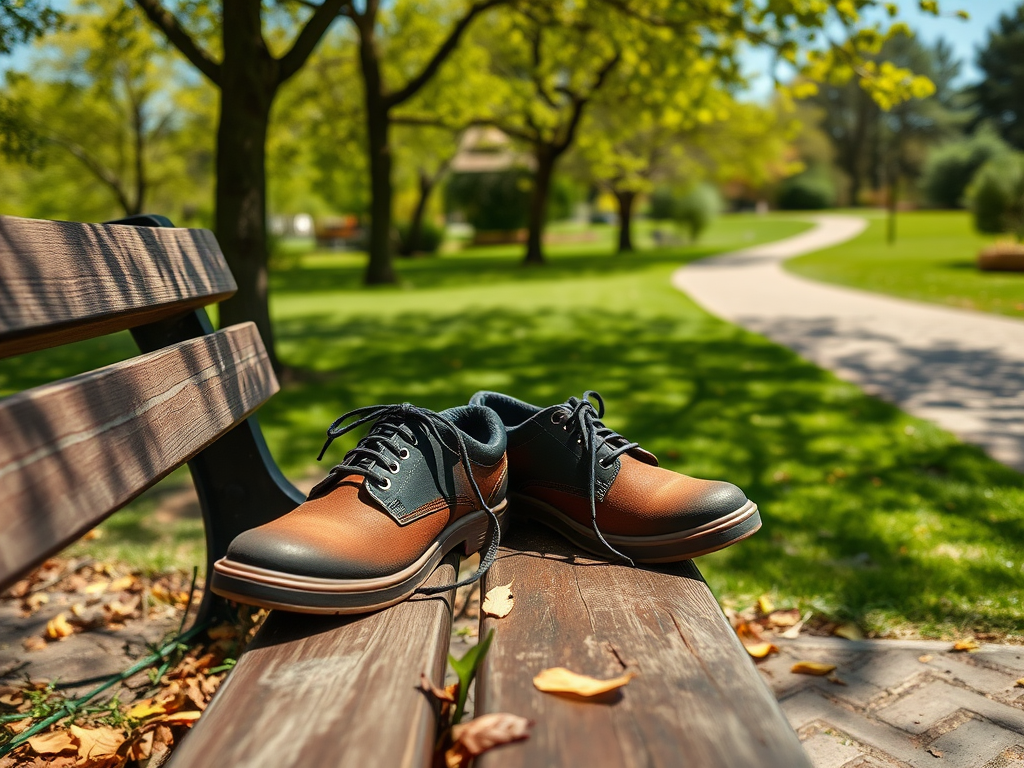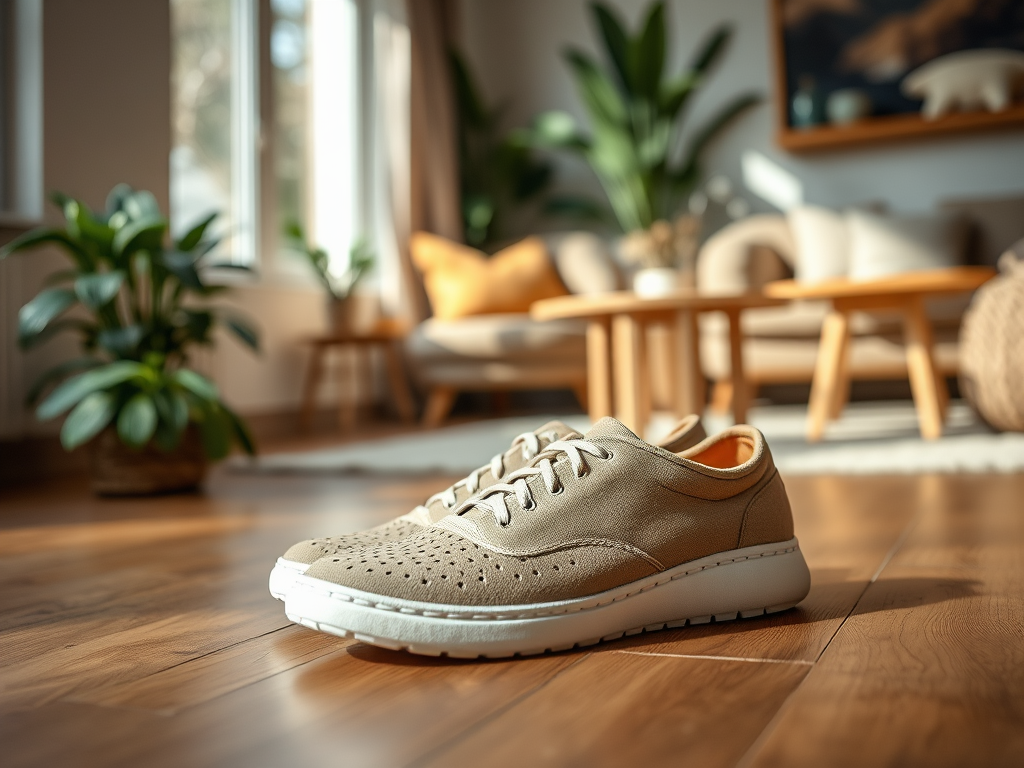In a world increasingly aware of environmental issues, the rise of sustainable footwear signifies more than just a passing trend. It marks a transformative change in how we approach fashion and consumerism. The need to adopt eco-friendly practices in our daily lives has never been more critical. Footwear, often overlooked in discussions about sustainability, is emerging as a crucial battleground for change. By focusing on sustainable footwear, consumers can make choices that align with their values while still enjoying stylish options. Not all sustainable brands are created equal, but many are genuinely committed to the cause, ensuring their products leave a minimal footprint.
When we talk about what constitutes sustainable footwear, it goes beyond simply using recycled material. Sustainable practices can be found in various aspects, including the materials used, ethical manufacturing processes, and the brand’s overall mission. Many of these brands prioritize not only environmental sustainability but also social responsibility, showing that it is possible to create fashionable footwear without compromising on ethical standards. As a consumer, understanding these elements is crucial to making informed choices that contribute to a better planet.
What Makes Footwear Sustainable?

Sustainable footwear encompasses a range of practices that significantly reduce environmental impact. This can include the use of materials that are renewable or recyclable, as well as methods of production that minimize waste and energy consumption. Manufacturers often look at the entire lifecycle of a product, from sourcing raw materials to the disposal or recycling of the footwear after its use. By establishing streamlined processes that are less harmful to the environment, many brands aim to create a positive cycle of consumption.
For those interested in exploring sustainable footwear, it’s useful to recognize key elements in the materials and production methods used. Below are some details:
Materials Used in Sustainable Footwear
- Organic Cotton: Grown without harmful pesticides or fertilizers, it significantly reduces environmental pollution.
- Recycled Plastics: Commonly sourced from ocean waste, this material transforms pollution into fashionable pieces.
- Natural Rubber: Sourced from rubber trees in a sustainable manner offers both comfort and environmental benefits.
Sustainable Production Processes
Many sustainable footwear brands focus on production processes that prioritize ecological integrity. Below are some methods that these brands embrace:
- Ethical Labor Practices: Ensuring workers are treated fairly and compensated justly.
- Water-Saving Techniques: Implementing processes that drastically reduce water use during manufacturing.
- Reduced Emissions: Using clean energy sources to produce footwear with minimal greenhouse gas emissions.
| Brand | Materials Used | Unique Selling Point |
|---|---|---|
| Allbirds | Merino Wool, Eucalyptus Tree Fiber | Carbon neutrality and comfort-focused designs |
| Veja | Organic Cotton, Wild Rubber | Transparency in sourcing and production |
| Rothy’s | Recycled Plastic Bottles | Machine washable and stylish designs |
| Native Shoes | Eco-friendly plastics | Animal-friendly and lightweight |
Notable Sustainable Footwear Brands

Noteworthy sustainable footwear brands are setting the standard for environmentally friendly production without sacrificing style or quality. Allbirds leads the pack, renowned for its commitment to natural materials and innovative processes aimed at reducing carbon footprints. Veja, a French label, combines style with a purpose, utilizing organic cotton and wild Amazonian rubber with transparency in their production methods. Rothy’s has gained fame for its chic shoes crafted from recycled plastic, providing comfort and elegance without environmental guilt. Lastly, Native Shoes stands out with its focus on minimizing waste, using animal-friendly materials and achievable designs that appeal to a broader audience.
The Benefits of Choosing Sustainable Footwear
Choosing sustainable footwear comes with an array of benefits that extend to both the individual and the planet. While style may be at the forefront of consumers’ minds, the environmental impact should not be overlooked. Sustainable footwear actively reduces the amount of waste sent to landfills and helps conserve essential resources. Furthermore, these brands often adopt healthier practices that avoid harmful chemicals, making their products a safer choice for consumers.
There are other compelling reasons to consider when it comes to sustainable footwear choices:
Environmental Impact
- Contributes to reducing pollution and waste.
- Supports biodiversity through responsible sourcing.
- Encourages a circular economy by emphasizing recyclability.
Healthier Choices
Not only do sustainable shoes help the planet, but they often prioritize the wearer’s health as well. Many of these brands utilize natural and non-toxic materials in their products, enabling customers to wear shoes free from harmful chemicals. Eco-friendly practices often align with organic and natural standards, ensuring footwear is safer for both the consumer and the environment. Ultimately, embracing sustainable footwear is a win-win scenario that propels us towards a healthier lifestyle.
Conclusion
Sustainable footwear is not just a fleeting trend; it represents a conscious shift towards responsible fashion choices. The brands that prioritize sustainability are leading the way in creating a positive impact, ensuring footwear is both stylish and eco-friendly. As consumers, embracing these brands can contribute immensely to a more sustainable future. The journey towards eco-responsibility starts with individual choices, and opting for sustainable footwear is a step in the right direction. By choosing wisely, we not only enhance our wardrobes but also protect our planet for future generations.
Frequently Asked Questions
- What should I look for in sustainable footwear? Look for brands that use recycled or organic materials, ensure ethical labor practices, and prioritize carbon-neutral methods.
- Are sustainable shoes more expensive than regular shoes? Initially, they might be pricier, but their durability often compensates for the cost.
- How can I care for my sustainable shoes? Follow the brand’s specific cleaning instructions and use eco-friendly products.
- Can I find stylish options in sustainable footwear? Absolutely, many brands offer various fashionable designs to choose from.
- Are there specific sustainable footwear brands I should know about? Yes, look into Allbirds, Veja, Rothy’s, and Native Shoes for leading examples.





